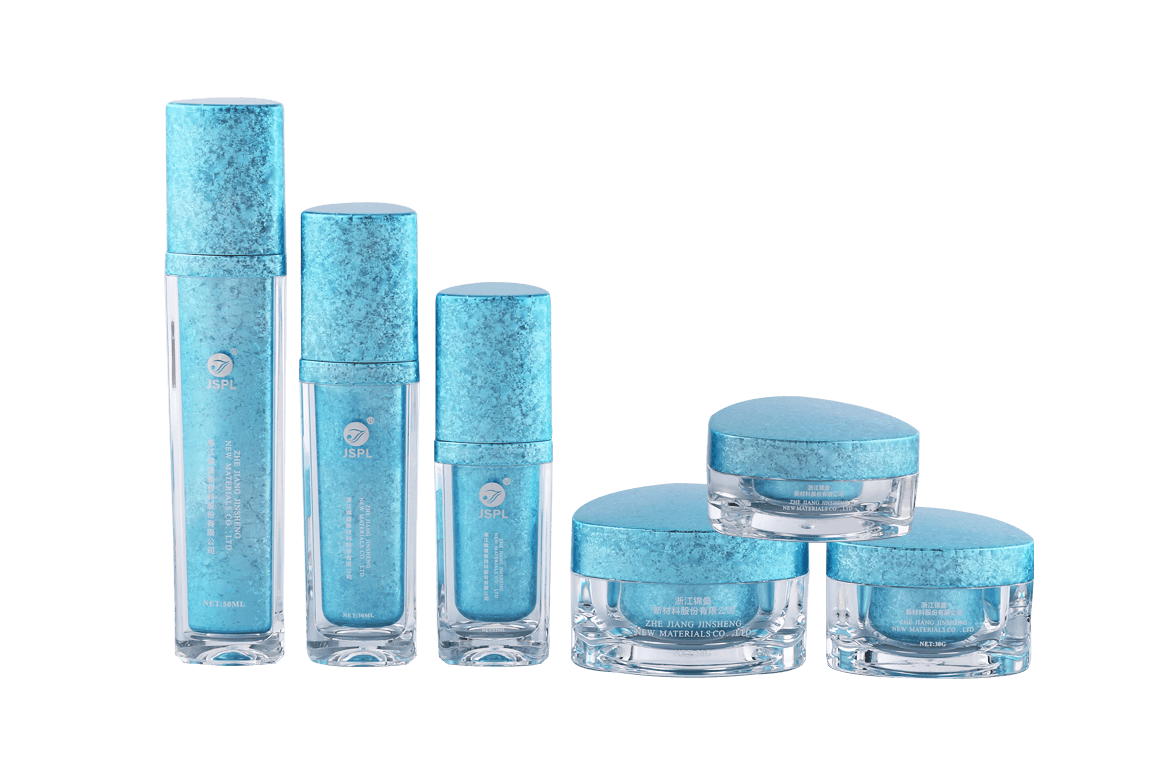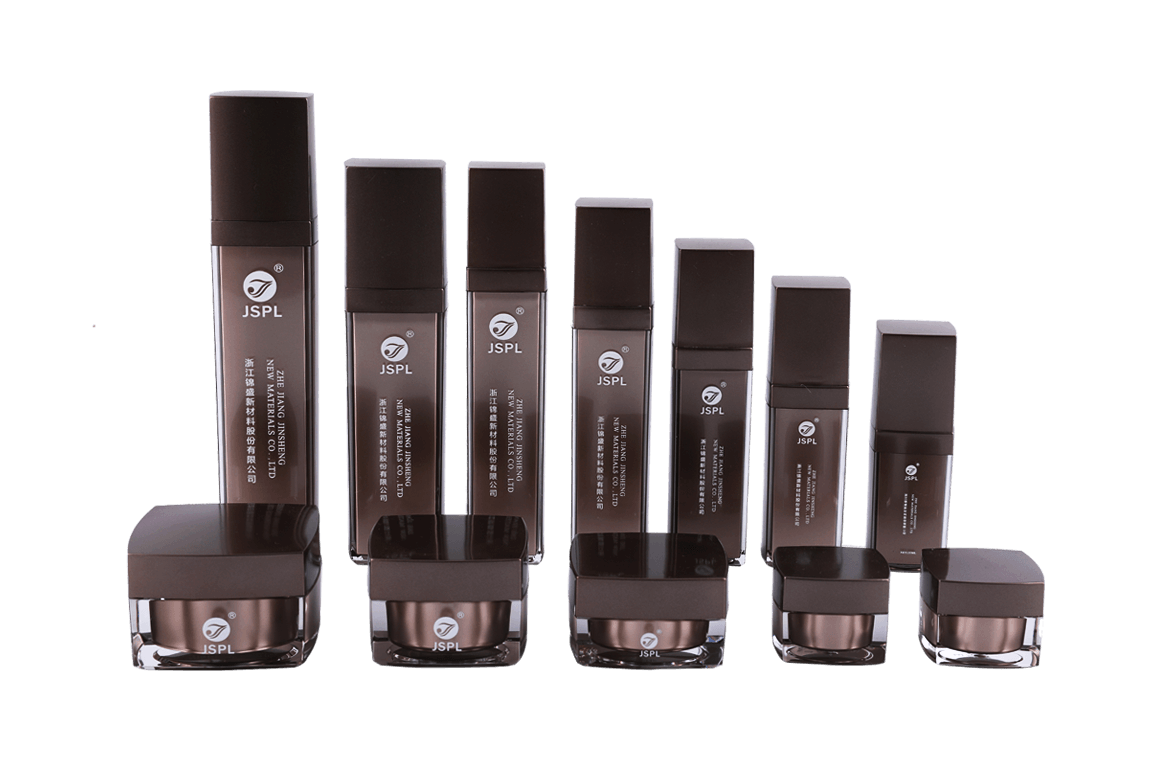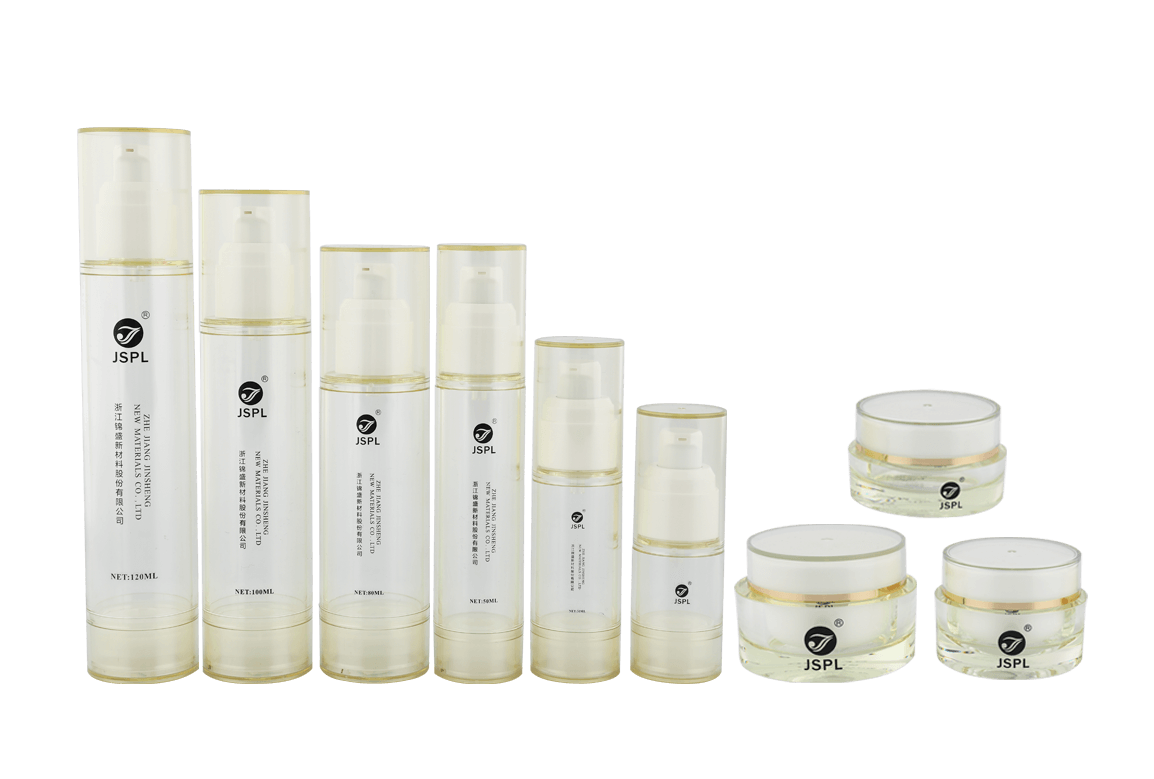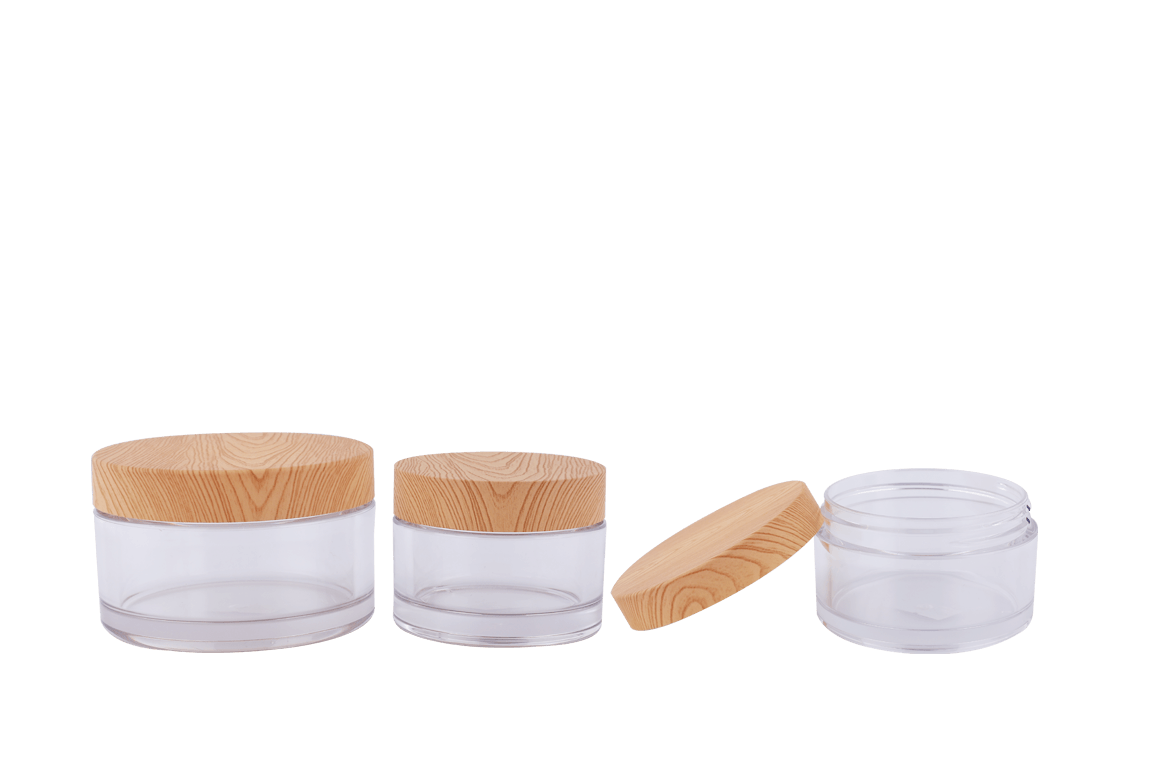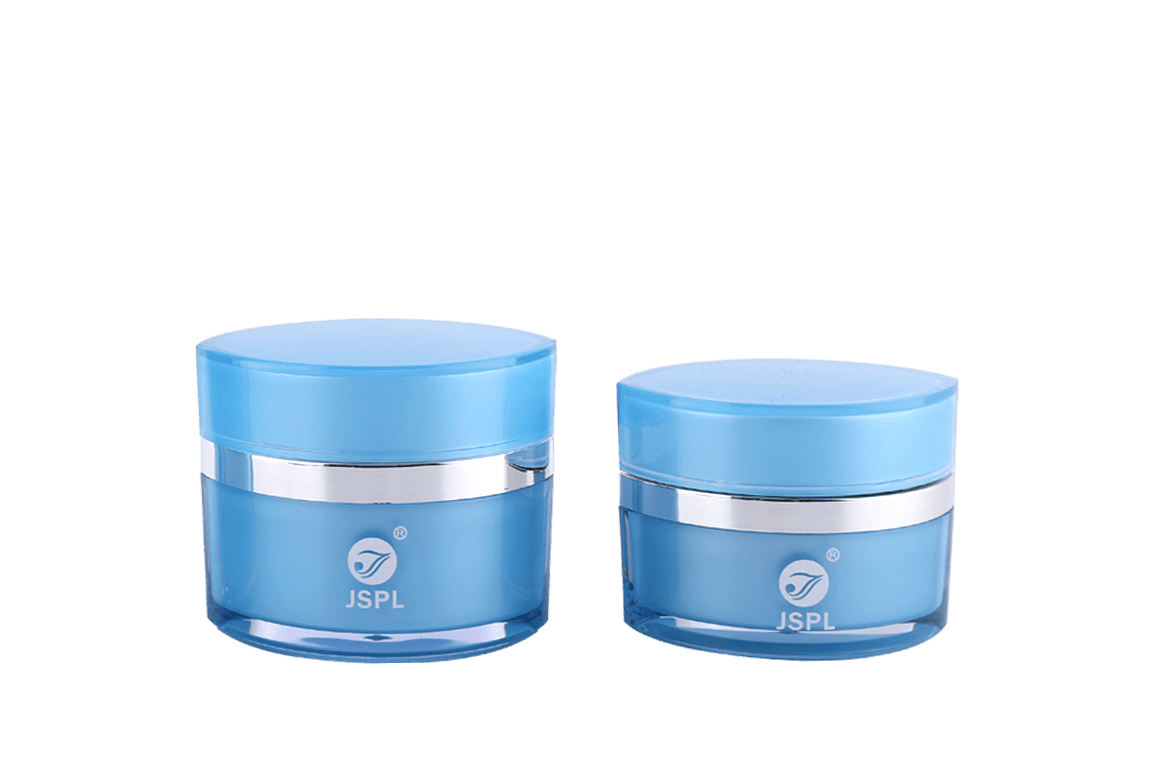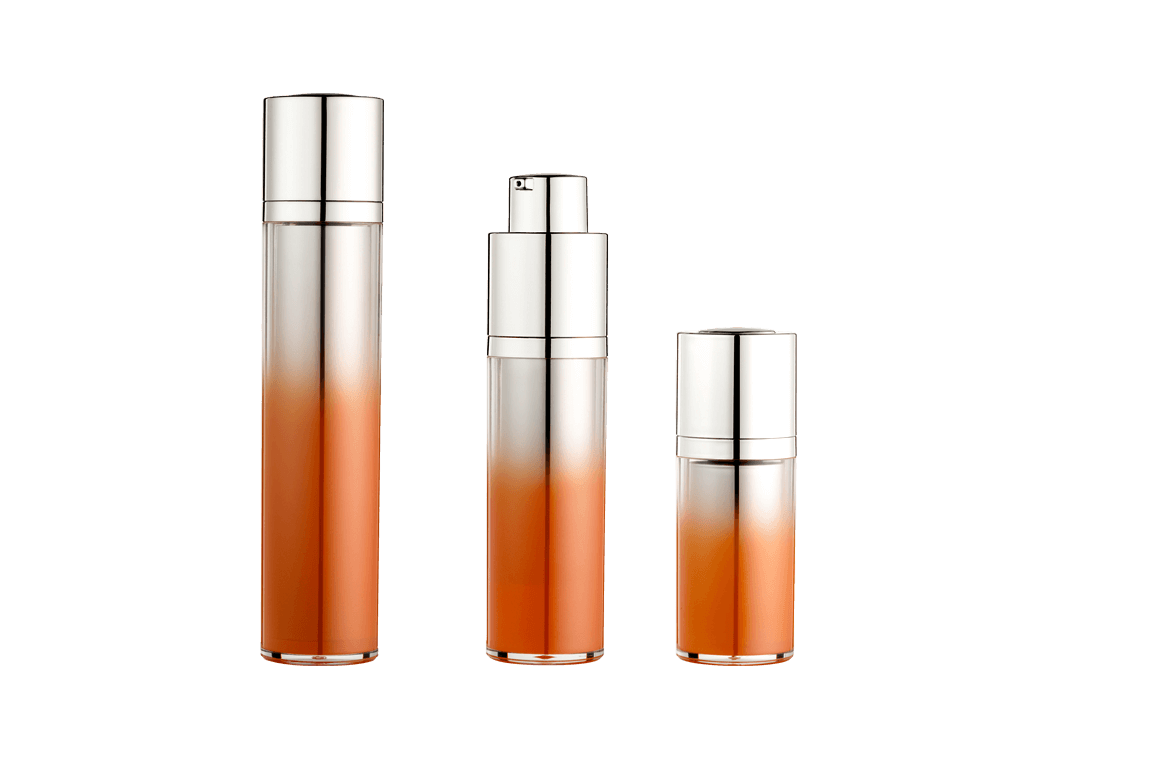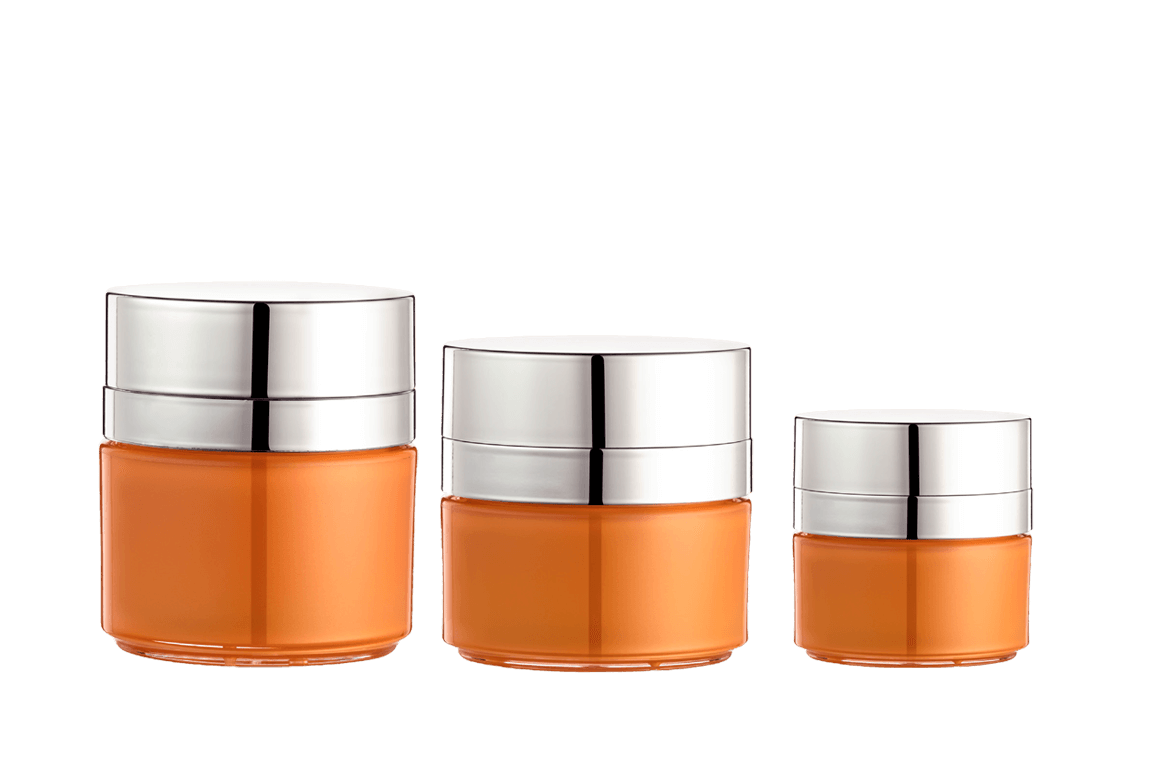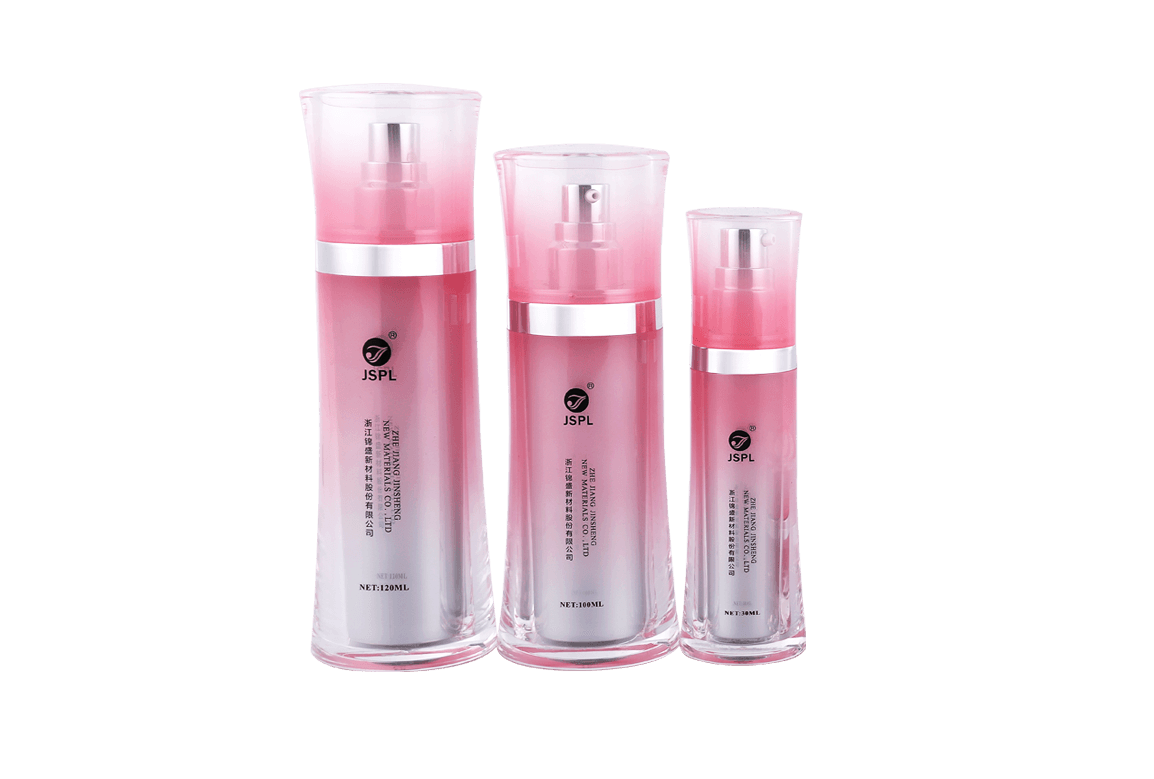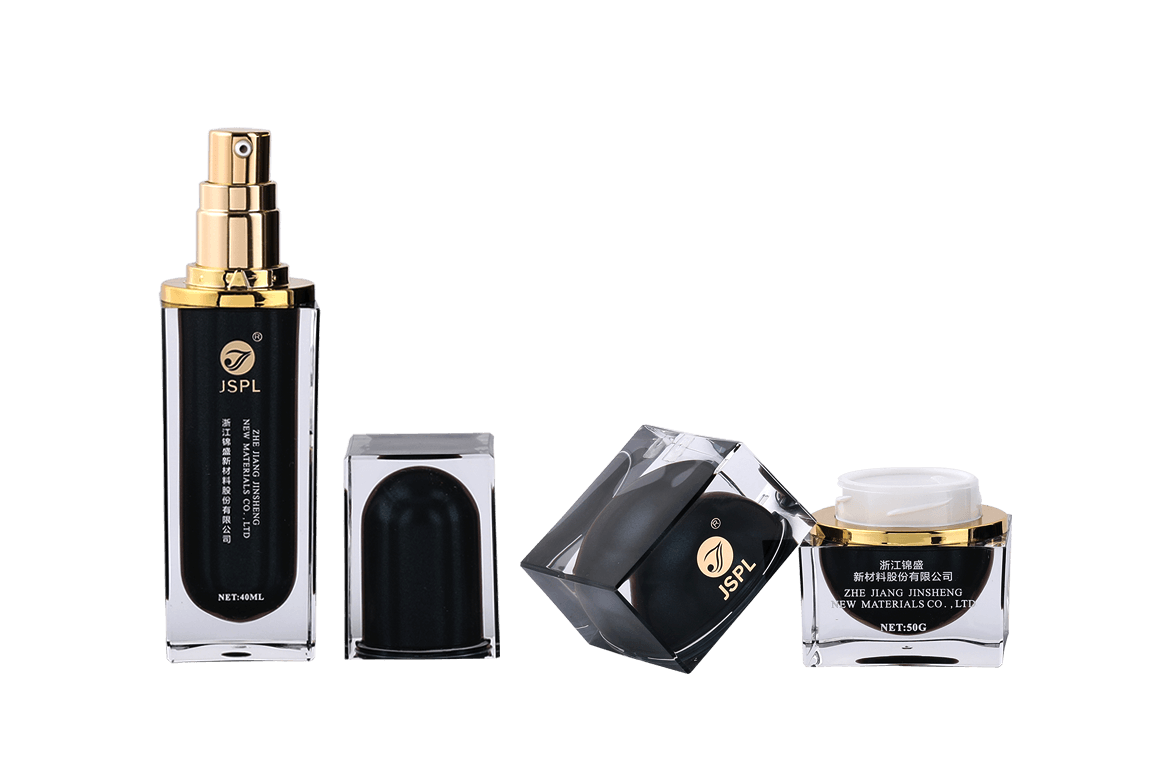The quality and performance of an Acrylic Cosmetic Container is profoundly affected by the manufacturing process. The selection and implementation of the manufacturing process directly affects the appearance, structure, durability and user experience of the container.
Molding process selection
The molding process of Acrylic Cosmetic Container mainly includes injection molding, extrusion molding and blow molding. Different molding processes will affect the appearance quality, manufacturing efficiency and cost of the container.
Injection Molding: Injection molding is a commonly used process that produces acrylic containers with a refined appearance and smooth surface. This process is suitable for producing containers with complex structures, but the cost is relatively high.
Extrusion molding: Extrusion molding is suitable for producing tubular or strip-shaped Acrylic containers. The cost is lower, but the appearance quality may be slightly rough.
Blow molding: Blow molding is suitable for producing hollow-structured Acrylic containers, such as bottles and jugs, etc. The cost is moderate, but the mold accuracy is required to be high.
Choosing the appropriate molding process can ensure that the Acrylic Cosmetic Container has a beautiful appearance, stable structure, and can meet the needs of different container shapes and sizes.
Temperature and pressure control
In the molding process of Acrylic containers, temperature and pressure are two crucial parameters. Temperature control directly affects the fluidity and molding quality of Acrylic materials, while pressure control affects the sealing and strength of the container.
Temperature control: Appropriate temperature can ensure full flow of Acrylic materials and avoid bubbles and uneven melting. Generally, higher temperatures can improve a material's fluidity, but too high a temperature can cause the material to deteriorate or be damaged.
Pressure control: Appropriate pressure enables the Acrylic material to fully fill the mold and ensures the sealing and strength of the container after molding. Too much pressure may cause the mold to deform or crack, while too little pressure may cause flaws or defects.
By accurately controlling temperature and pressure, the molding quality of Acrylic Cosmetic Container can be ensured to be stable, and the product qualification rate and production efficiency can be improved.
Surface treatment technology
Surface treatment technology is crucial to improve the appearance quality and additional functions of Acrylic Cosmetic Container. Common surface treatment techniques include spraying, hot embossing, and silk screen printing.
Spray coating: Spray coating technology can provide rich colors and decorative effects for Acrylic containers, enhancing the visual appeal and market competitiveness of the product.
Hot embossing: Hot embossing technology can print various patterns and text on the surface of Acrylic containers to enhance the brand image and recognition of the product.
Silk screen printing: Silk screen printing technology can print patterns and text directly on the surface of Acrylic containers, with bright colors and high durability.


 Chinese
Chinese España
España Italia
Italia Le français
Le français